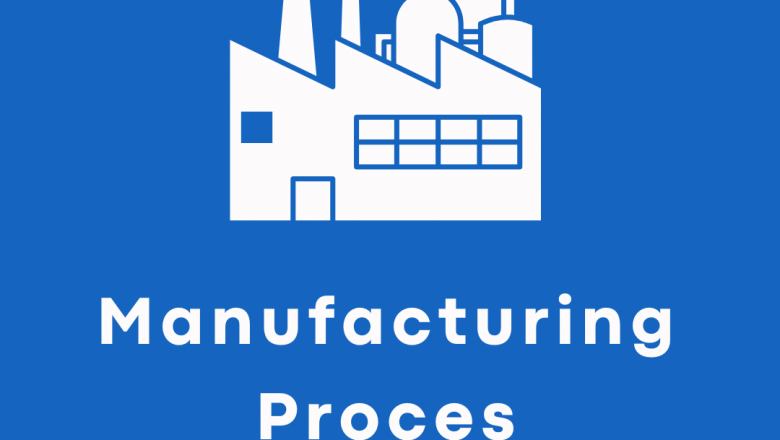
India’s No. 1 Indori Poha Manufacturer
✅ Premium Quality Paddy from GujaratWe source only the highest quality paddy directly from trusted farms in Gujarat, ensuring consistent taste, texture, and purity in every batch.
✅ 100% Chemical-Free ProcessingOur poha is made using a completely natural process — no chemicals are used at any stage of production. You get a healthier, more natural product, just the way nature intended.
✅ No Stone Powder or Whitening AgentsWe do not use any artificial whitening agents or stone powder for polishing. This keeps the poha’s natural color, aroma, and nutrition intact.
✅ Triple Cleaning & Magnetic SeparationOur poha undergoes 2–3 rounds of rigorous filtering along with magnetic separation to eliminate any foreign particles. This guarantees exceptional purity and food safety.
✅ ISO 22000:20...




